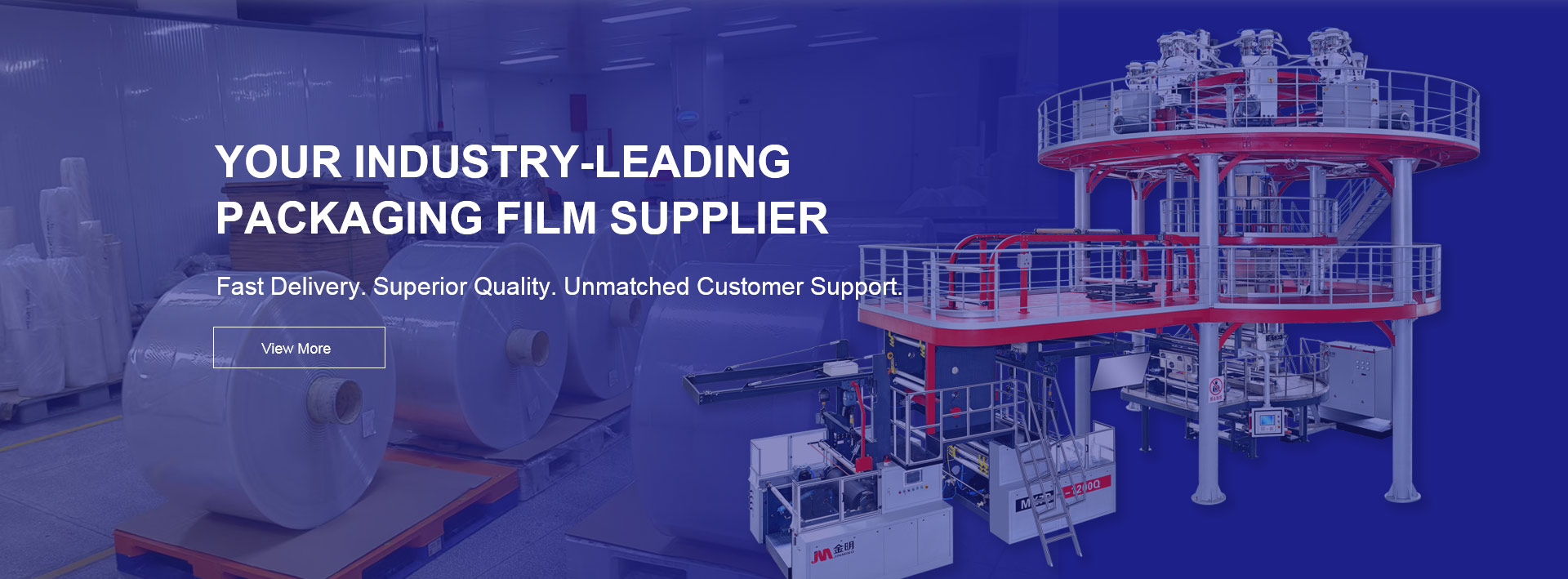
vacuum packaging has become a vital preservation method in both household and industrial food storage. By removing air from the packaging, it helps to inhibit the growth of microorganisms that require oxygen, thus extending the shelf life of food. This technique is not only used by food factories but also by restaurants and consumers who want to maintain freshness and reduce waste.
The main goal of vacuum packaging is to eliminate oxygen from the sealed environment. Oxygen supports aerobic bacteria and mold that cause food spoilage. Once it is removed, the oxidation of fats and color changes in food are also slowed down. Combined with proper temperature control, vacuum packaging provides a controlled environment that maintains the food’s original flavor, texture, and nutritional value for much longer periods.
The actual time extension depends on several key factors:
Type of food: Meats, vegetables, grains, and baked goods all react differently to air removal.
Storage temperature: Cold storage enhances the effect of vacuum packaging.
Moisture content: Foods with high water activity are more prone to bacterial growth and need refrigeration.
Sealing quality: The effectiveness of the vacuum and integrity of the bag seal determine how long food stays safe.
| Food Type | Normal Storage | Vacuum Sealed Storage | Storage Condition |
|---|---|---|---|
| Fresh Beef | 2–3 days | 15–30 days | Refrigerated |
| Fresh Fish | 1–2 days | 10–20 days | Refrigerated |
| Cheese | 1–2 weeks | 4–8 months | Refrigerated |
| Coffee Beans | 2–4 weeks | 6–12 months | Room Temperature |
| Dried Fruits | 3–6 months | 12–24 months | Room Temperature |
| Nuts | 3–6 months | 12–18 months | Room Temperature |
| Vegetables | 3–7 days | 10–14 days | Refrigerated |
These estimates show how vacuum packaging can extend the shelf life by two to ten times compared with standard packaging. The longer preservation period depends on consistent temperature control and the absence of air leakage.
Vacuum packaging offers more than just longevity. It reduces freezer burn, preserves natural flavors, and helps prevent dehydration of frozen food. For commercial users, it simplifies inventory management and minimizes waste. For consumers, it allows bulk buying and efficient storage without losing quality.
Additionally, vacuum packaging is increasingly combined with modified atmosphere technology (MAP) or sous vide cooking, enhancing both flavor and hygiene. In industrial applications, companies like JINBORUN provide advanced vacuum sealing equipment that ensures strong, airtight seals for large-scale food processing lines. Their precision control systems maintain consistent vacuum pressure, guaranteeing professional-grade preservation results.
To maximize the effectiveness of vacuum packaging:
Always use high-barrier vacuum bags designed for the specific food type.
Keep equipment clean and maintain proper vacuum pressure.
Label each sealed pack with date and contents.
Store at the right temperature to prevent bacterial growth.
Avoid packaging sharp or greasy food without protection layers to prevent bag puncture.
These small details make a significant difference in maintaining food quality and ensuring food safety.
Vacuum packaging can dramatically extend food shelf life—often by several times compared with traditional storage—while maintaining freshness, taste, and nutrition. It has become an essential part of modern food preservation for both industrial producers and households. When paired with reliable sealing technology like that offered by JINBORUN, users can enjoy efficient, hygienic, and long-term food storage solutions that support sustainability and reduce waste.